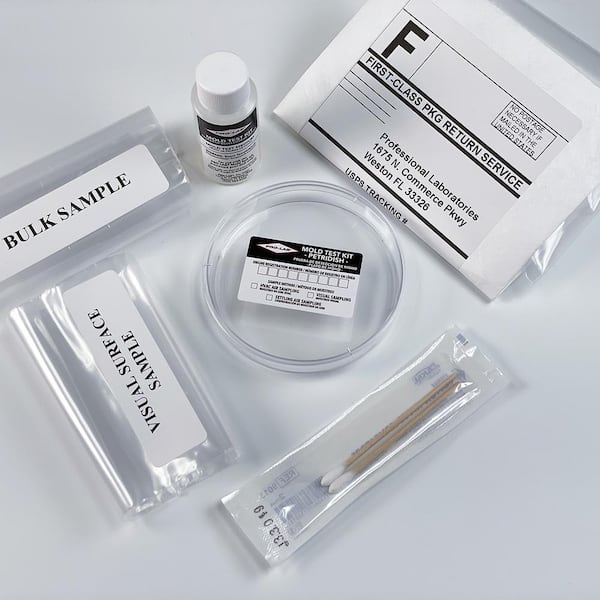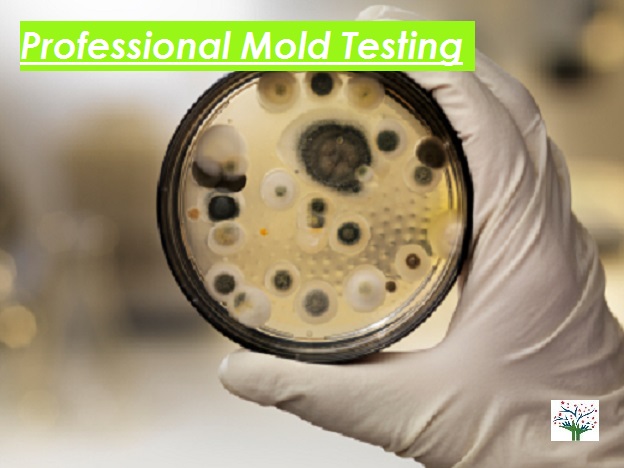How Mycotoxin Testing Assists Prevent Contamination and Protect Food Materials

Mycotoxin testing is a vital method in the food market, serving as a frontline defense against contamination by harmful contaminants created by molds. Through the application of innovative strategies like High-Performance Fluid Chromatography (HPLC) and Liquid Chromatography-Mass Spectrometry (LC-MS), food producers can properly measure and discover mycotoxin levels in farming items. This positive method not just makes certain conformity with strict safety and security laws however also minimizes health and wellness risks to customers. Normal testing strengthens brand online reputation and monetary wellness by decreasing contamination-related cases. Exactly how specifically do these testing methods integrate right into the broader food security approach?
Recognizing Mycotoxins
Recognizing mycotoxins begins with identifying that they are hazardous second metabolites produced by specific mold and mildews, which can infect farming items. These metabolites are not crucial for the development or recreation of the fungis however can have serious ramifications for human and animal health. Mycotoxins are typically found in staple crops such as corn, wheat, barley, and nuts, where they can multiply under certain problems of wetness and temperature.
There are several kinds of mycotoxins, each produced by various fungal varieties. Aflatoxins, created by Aspergillus types, are among one of the most infamous, understood for their carcinogenic residential properties. One more significant team consists of ochratoxins, produced by Aspergillus and Penicillium species, which have nephrotoxic results. Fusarium types produce trichothecenes and fumonisins, both of which are connected with different acute and persistent health and wellness issues.

Dangers of Mycotoxin Contamination
The threats of mycotoxin contamination are diverse, presenting considerable risks to both food security and public health. Mycotoxins, harmful substances created by certain kinds of fungis, can contaminate a variety of agricultural products consisting of cereals, nuts, spices, dried out fruits, and coffee. When these toxins penetrate the food supply, they can result in serious wellness problems such as liver damage, kidney failing, and even cancer cells. Susceptible populaces, including children, the senior, and immunocompromised individuals, are specifically at danger.
Economic influences are one more significant concern. Contaminated crops can cause significant economic losses for farmers and food manufacturers as a result of minimized returns and the demand for pricey purification procedures. Furthermore, global profession can be substantially hindered as nations apply rigorous mycotoxin regulations to shield their populations, bring about denied deliveries and strained profession relationships.
Ecological elements such as environment change intensify the risk of mycotoxin contamination. Variants in temperature level and moisture can create desirable problems for fungal development, raising the likelihood of contamination occasions. Therefore, understanding and mitigating these threats are essential for making sure the safety and stability of global food supplies.
Methods of Mycotoxin Testing
Accurately determining mycotoxin contamination in farming products is important for guarding public health and keeping food safety requirements. Different approaches are utilized to spot and evaluate mycotoxins, each offering specific advantages and limitations.
High-Performance Liquid Chromatography (HPLC) is a widely made use of method because of its high sensitivity and precision. It involves dividing mycotoxins from other substances in an example, enabling precise quantification. Liquid Chromatography-Mass Spectrometry (LC-MS) incorporates fluid chromatography with mass spectrometry to give comprehensive molecular info, making it particularly useful for determining several mycotoxins all at once.

Gas Chromatography-Mass Spectrometry (GC-MS) and Thin-Layer Chromatography (TLC) are also used, each with special applications. GC-MS works for volatile mycotoxins, while TLC provides a less complex, cost-effective choice for preliminary testing.
Benefits of Normal Testing
Routine testing for mycotoxins in farming products provides various benefits, dramatically adding to public wellness and food safety and security. By identifying contamination early, routine screening helps avoid the distribution of toxic foods, consequently minimizing the threat of mycotoxin-related diseases among consumers. This positive get redirected here technique not just safeguards human health and wellness but also improves the total quality of food materials.
Regular screening additionally supports regulative conformity. Various countries and areas have actually established stringent limitations for mycotoxin degrees in food and feed. Abiding by these limitations with routine screening makes sure that distributors and manufacturers satisfy lawful standards, thereby avoiding charges and profession barriers. Preserving conformity promotes customer trust and brand online reputation, which are important for market success.
Additionally, normal mycotoxin screening can lead to considerable financial advantages. Early discovery of contamination enables timely treatment, minimizing prospective losses from prevalent contamination. Carrying out routine testing procedures can likewise lessen recall prices and relevant obligations, which can be financially ravaging.
In addition, normal testing gives important information that can educate better agricultural methods and storage conditions. By comprehending patterns of contamination, manufacturers can embrace precautionary measures, consequently lowering future threats and contributing to the sustainability of the food supply chain.
Executing Testing Protocols
Applying effective mycotoxin screening procedures is essential for ensuring the security and quality of farming products. Each stage must be scrutinized to identify where mycotoxin contamination is most likely to occur.
As soon as important control points are recognized, selecting proper screening methods is necessary. Usual techniques consist of enzyme-linked immunosorbent assay (ELISA), high-performance fluid chromatography (HPLC), and mass spectrometry (MS) Each approach has its staminas and weak points; hence, choosing the right one relies on the particular mycotoxin being evaluated, the required sensitivity, and readily available resources.

Last but not least, integrating the screening procedures into a thorough food security management system is a good idea. This enhances traceability and makes it possible for quick corrective activities when contamination is spotted, therefore securing the integrity of the food supply chain.
Final Thought
Mycotoxin testing is crucial in avoiding contamination and safeguarding food materials by making it possible for early discovery of damaging contaminants produced by mold and mildews in agricultural products. Advanced approaches such as HPLC and LC-MS guarantee conformity with safety guidelines and shield consumers from health and wellness risks. Routine screening boosts brand track record, financial stability, and count on food safety by lessening contamination-related losses and maintaining high requirements in food manufacturing. Implementing extensive screening protocols is therefore important for the market's total well-being.
Mycotoxin screening is an essential technique in the food sector, offering as a frontline protection versus contamination by harmful toxins generated by mold and mildews. An incorporated strategy entailing farming techniques, storage space management, and regular testing see page can mitigate the risks associated with Web Site mycotoxin contamination, ensuring food safety and public health.
The risks of mycotoxin contamination are complex, posing significant threats to both food safety and security and public health and wellness.Routine testing for mycotoxins in agricultural items uses many benefits, considerably contributing to public wellness and food security.Mycotoxin testing is vital in avoiding contamination and safeguarding food products by allowing early discovery of harmful toxic substances generated by mold and mildews in agricultural products.